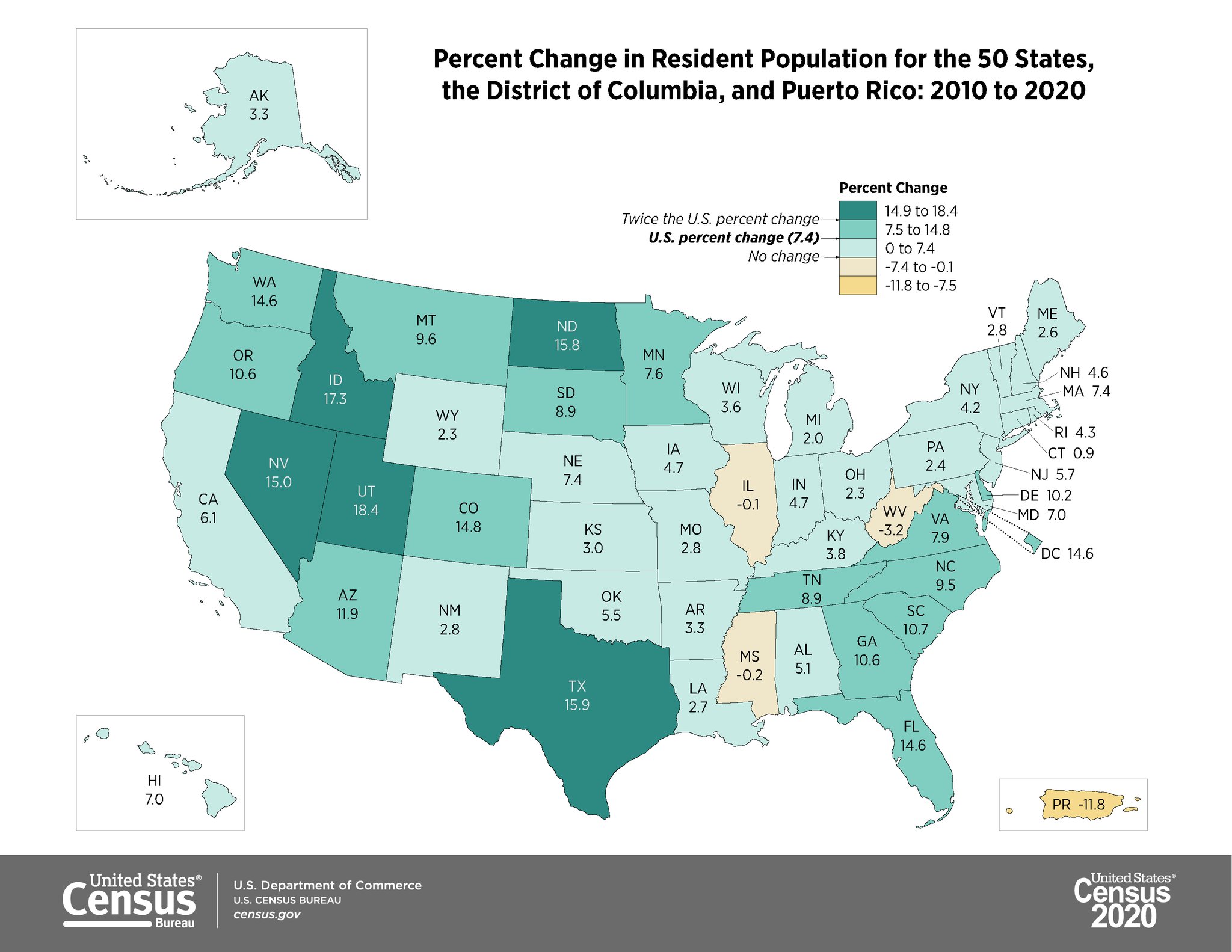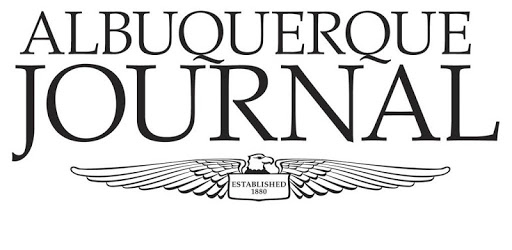Recently (on February 19, 2021), Tracie Collins, M.D., New Mexico Secretary of Health was deposed in a case in US brought by various businesses that have opposed the Gov.’s lockdown policies relating to COVID 19.
The Deposition was videotaped, so we can provide broadcast news outlets (or even just YouTube and similar platforms) with clips. Here is the full transcript of Collins’ deposition.
Key Take-aways:
- The Department of Health does not consider the economic impact of lockdowns in crafting its Public Health Orders.
- The Department of Health does not adjust “positive COVID test” results to account for false positive tests.
- The Department of Health cannot explain why Florida and Texas, which are not locked down, have lower COVID fatality rates than New Mexico. The experiences of other states are not considered by the Secretary or the New Mexico Department of Health in crafting the Public Health Orders.
- The Department of Health does not take into consideration other adverse health impacts, like increased depression, suicide, and childhood obesity in crafting the Public Health Orders.
- The Secretary places significant reliance on the Department of Health’s legal staff when crafting the Public Health Orders. She does not know if any of the Department’s lawyers have any training or education in public health.
- The Secretary is unaware of any scientific studies that support the specific restrictions, prohibitions, and permitted activities under the Public Health Orders.
- The Secretary cannot say whether the risk from COVID must be zero, before the Public Health Orders will end.
Below are Page and Line references to deposition testimony:
Data and Experience from other States “can” be considered in crafting New Mexico’s Public Health Orders, but Secretary Collins will not say that it “should” be considered. See, page 11, line 2 to line 14 (“11:2 – 14”)
The Department of Health has minimized economic harm from the shutdowns by reducing morbidity and mortality from COVID-19 and keeping people alive so that they will have an opportunity at some time in the future to reopen their business. See page 32, line 24 to page 34, line 5 (“32:24 – 34:5”)
The Department does not track or control for false positive tests, or make adjustments to their numbers based on the presence of false positive tests. 34:11 – 37:17; and 37:21 – 41:11
The Secretary cannot explain why Florida and South Dakota, which are not locked down, have a lower COVID-related fatality rate than New Mexico. Nor is she interested in using such data to determine whether lockdowns work. 48:3 – 53:19
The Secretary does not know why New Mexico has not done a regression analysis to determine whether the shutdown orders have had a positive impact on COVID transmission rates. 54:2 – 56:2
The Secretary is not aware of New Mexico attempting any other analysis of the adverse economic impact of the shutdown orders. She does not know if the State has done anything to consider the economic cost and damage caused by the shutdown orders. She does not know if the economic costs and damages arising from the shutdown orders is significant. 57:15 – 58:22; and 100:15 – 20
The Secretary does not know what adverse health consequences have arisen as a result of having to close business and losing jobs. The Secretary has done no study regarding the adverse health consequences caused by lockdowns (increased depression, suicide, childhood obestity, etc.). 58:23 – 63:3
The Secretary is not aware of any studies that the business activities that are permitted under the Public Health Orders are less risky than the business activities that have been prohibited. 63:4 – 64:7
The Secretary would have to confer with the Department’s general counsel (i.e., its lawyers) to understand why certain businesses, like TopGolf and New Mexico United are allowed to operate, and others are not. 64:8 – 66:13
The Public Health Orders do not consider the potential harm or damage to the businesses that are being closed. The Secretary does not know who, if anyone, in State government is supposed to look at the cost and damage to the businesses and people subject to the Public Health Orders. 67:10 – 69:1
The fatality rate from COVID for children ages 5 to 14 is 0.001%, or 1 out of every 100,000 children who contract the virus. For children age 19 and under, the fatality rate is 0.003% or 3 out of every 100,000 children who contract the virus. This is lower than the fatality rates for other infectious diseases. 69:4 – 70:4.
New Mexico has not studied the effect of the pandemic on childhood obesity. 72:20 – 74:13
The Secretary is unaware of any studies by the Department of Health of the impact of play deprivation on children resulting from the lockdowns and public health orders. 80:11 – 82:4
The Secretary cannot say whether the Public Health Orders will continue until the risk of COVID is zero. 82:5 – 83:5
In general, other factors such as adverse health consequences to children and adults and adverse economic impacts on businesses and employees are not taken into consideration by the Department or the Secretary when it comes to the contents of the Public Health Orders. 84:5 – 85:8.
Decisions about which businesses are in what category in the Public Health Orders is determined by the legal department working with the Secretary. The Secretary does not know if there is a “written trail” for the decision as to which type of businesses will go in which category; nor does she know if any of the lawyers in her department have any education in public health. 89:1 – 18
The Secretary is unaware of any analysis or studies that were performed before gyms, group fitness classes, skating rinks, bowling alleys, and personal trainers were taken off the “prohibited from opening list” in the Public Health Order, to the permitted to open under limited capacity list. 93:23 – 94:14
The Secretary would have to confer with the Department’s lawyers before she could say how an industry or particular business activity can have its category or definition changed and be allowed to open. 94:15 – 95:7.
The Secretary would have to confer with the Department’s lawyers to understand why some business that cannot practice social distancing, like massage parlors, barbershops and nail salons are open, while other businesses, like trampoline parks and other “close-contact recreational facilities” where the Department is concerned about social distancing, are closed. 100:21 -101:23.

UPDATE: RGF has obtained Collins’ full deposition. It is below in three parts:







 Here are a few skylines of
Here are a few skylines of 














